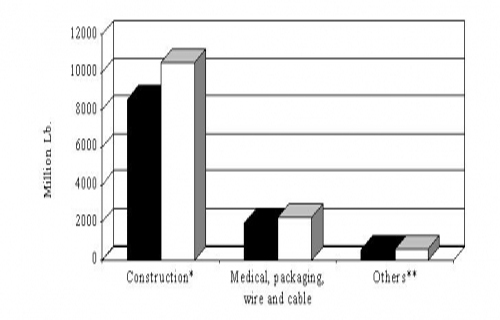Methods
This prospective study evaluated visual function and vision-related quality of life in 44 Nepalese patients with low vision and compared that with age-gender matched normal population (N=40). The main outcome measure was 25-item National Eye Institute Visual Function Questionnaire (NEI VFQ-25) administered before and four weeks after the first examination. We were able to administer the follow-up questionnaires in only 23 out of 44 consecutive patients. Low vision services which included low vision devices (optical/non-optical), counseling and training were provided to all the participants. Self assessment of the low vision services was also obtained through a structured questionnaire in the follow-up patients.
Results
The mean composite score (49.53±14.10) and all of the subscale score in NEI VFQ-25 for the low vision population were significantly lower than age and gender matched normal Nepalese population (89.90±7.8). The mean composite score increased by 5.74±3.9 and the six out of twelve subscale scores also improved significantly after low vision services. The low vision services were associated with improvement in objective measure of visual functioning in 90.9% (40 out of 44) of the patients at the first visit and were rated useful or very useful by 73.9% (17 out of 23) follow-up patients.
Conclusions
Low vision patients have poor quality of life as measured with the NEI VFQ-25. Low vision service is associated with improved visual function, better quality of life and high rate of patient satisfaction.
Introduction
Low vision is a widespread problem in the world, and according to the WHO the number of people with visual impairment worldwide in 2002 was in excess of 161 million, of whom about 37 million were blind and 124 million had low vision.1 The burden of visual impairment is not distributed uniformly throughout the world, largely confined to adults of 50 years or older, female and people living in the least developed regions.1 Although no nationwide survey has been conducted on the prevalence of low vision in Nepal after 1985, it has been estimated that the prevalence of low vision in Nepal is 1% of the total population.
The presence of low vision affects functional and social life of an individual and has a negative effect on physical and emotional well being. Studies on quality of life in individuals with low vision have reported that visual impairment is significantly associated with decreased functional status, decreased self reported quality of life and increased emotional distress.3–7 Low vision rehabilitation allows people with visual impairment to use their limited residual vision as optimally as possible with the use of assistive devices and technologies and to make adaptations to activities of daily living in order to maintain functionality and independence. Various studies in other countries have shown that the self reported functional status and the quality of life improves as a result of low vision rehabilitation.
The low vision services in Nepal are only available in a very few urban based tertiary eye care centers with a huge population with visual impairment still being out of reach of these services. National low vision program is being implemented by a nongovernmental organization since 2005 but still it is believed that the coverage of these services is only one percent.2 Though these services have been provided for many years in Nepal, the effectiveness of these rehabilitation services and the impact of low vision on quality of life in Nepalese population are unknown.
Reference : https://www.journalofoptometry.org/en-quality-life-in-nepalese-patients-articulo-S1888429612000568









